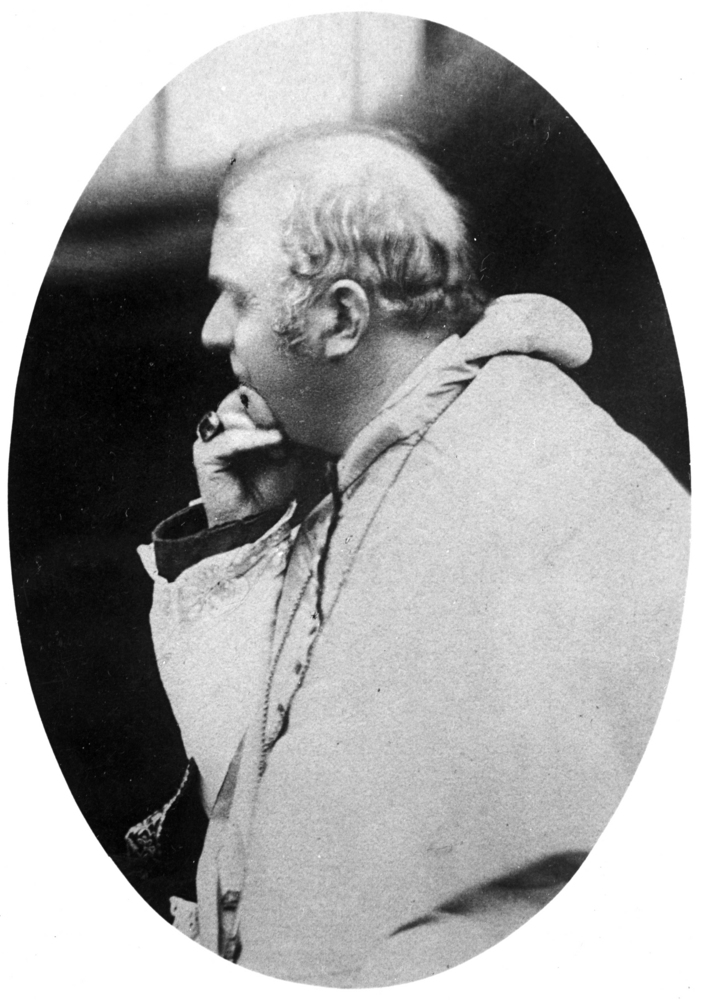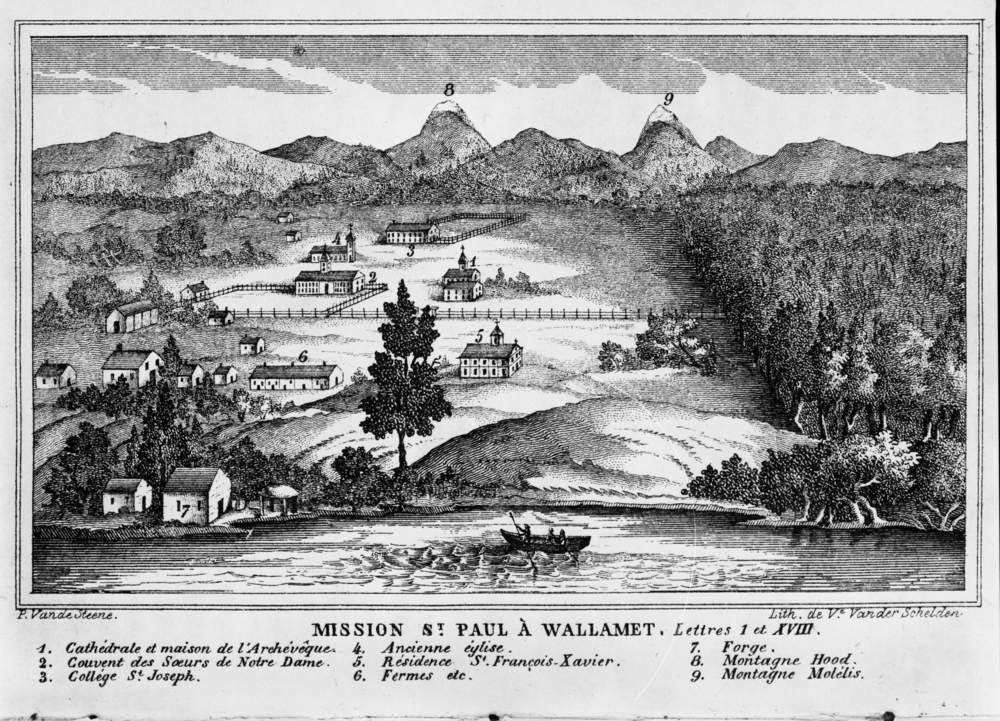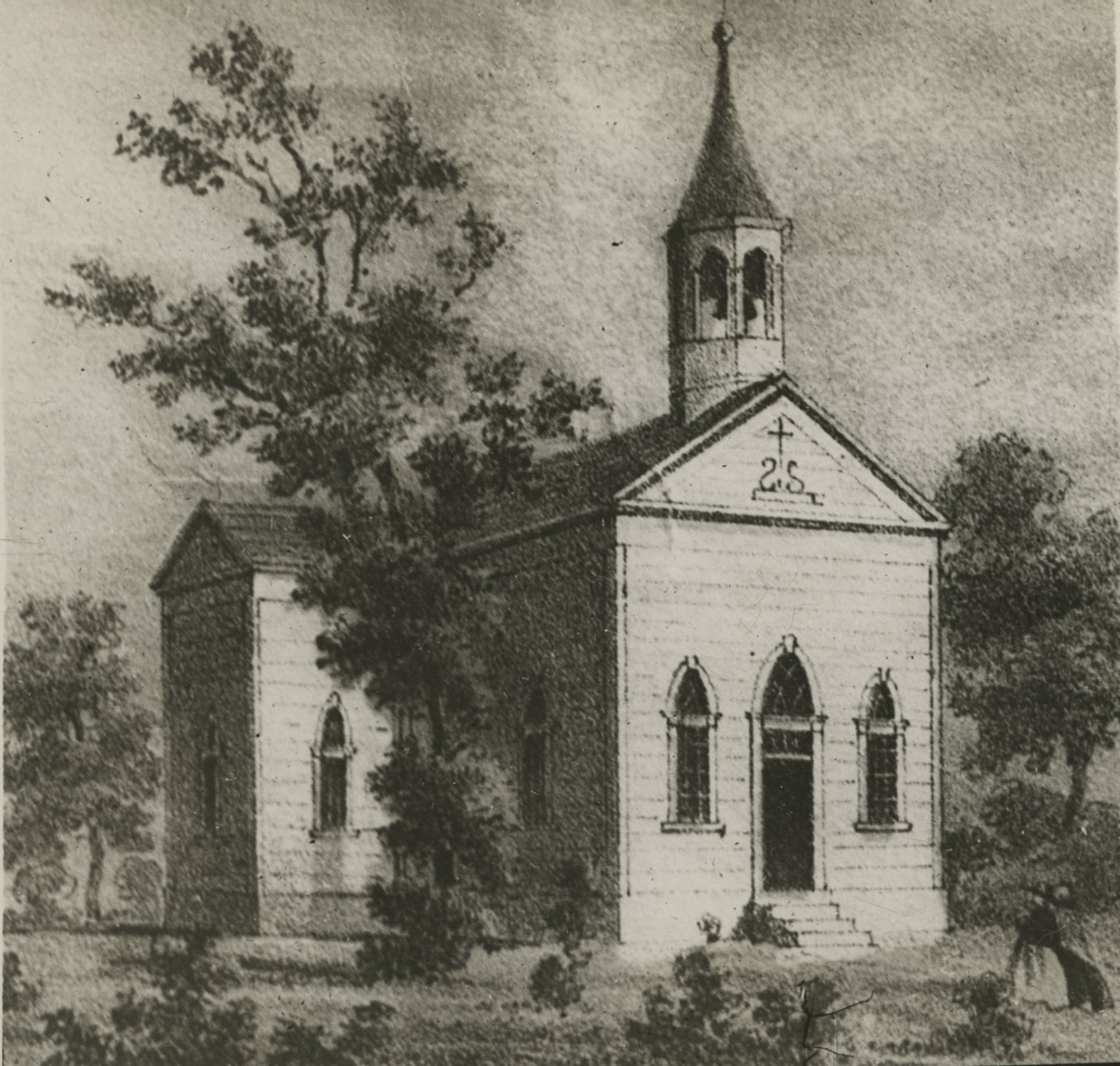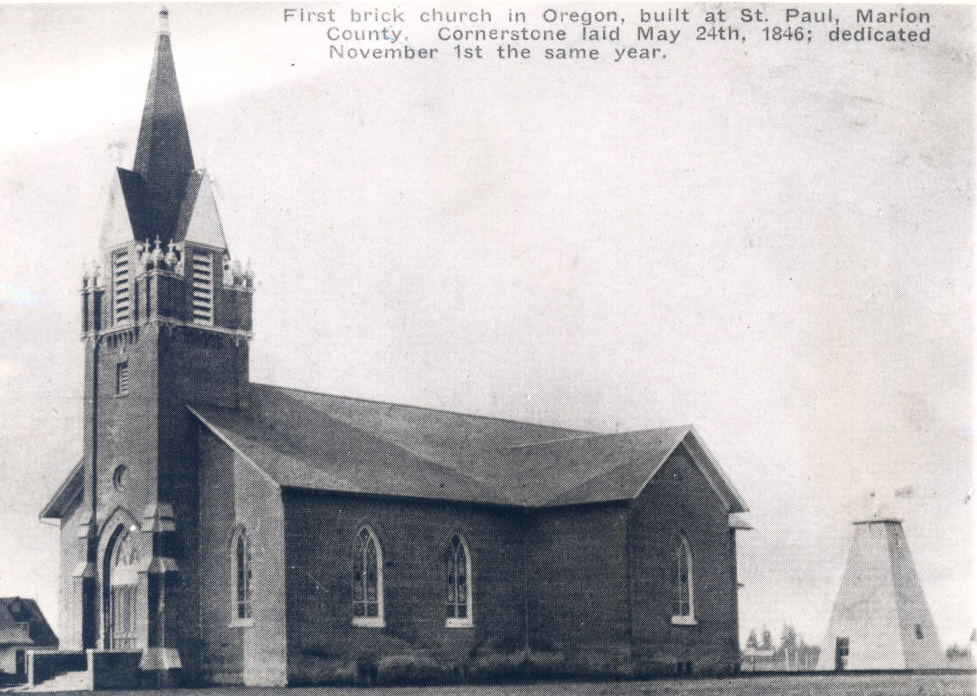François Norbert Blanchet arrived in Oregon in November 1838 as vicar general to the diverse Indian tribes of the Pacific Northwest, the French Canadians, the British, the Americans, and others who occupied the vast Oregon Country. He traveled with fellow Canadian and Roman Catholic priest Modeste Demers on a five-month-long journey with the Hudson’s Bay Company (HBC) overland brigade. Their arrival marked the beginning of Catholic missions in the Pacific Northwest.
Blanchet was born in 1795 in St. Pierre, Quebec, and educated, along with his brother A.M.A. Blanchet, at the Petit and Grand Seminaries in Quebec City. He was no stranger to missionary work. As a young priest, he served seven years in New Brunswick among the Acadians and also evangelized the neighboring Micmac Indians at Buctouche. At St. Joseph de Soulanges parish near Montreal (Quebec), where he served for eleven years, Blanchet encountered a wide variety of European and Aboriginal peoples, including fur traders passing through on their way to and from the interior and the West.
In coming to Oregon, Fathers Blanchet and Demers directly answered the Willamette Valley French Canadian settlers' petitions for priests. Blanchet established the first mission at Cowlitz (Washington) in December 1838. There he devised an innovative evangelical tool—the Catholic Ladder—that laid out the history of the faith in graphic form. It was widely adopted and even mimicked by rival Protestants. Not forgetting the Willamette Valley settlers, he celebrated mass on Epiphany, June 6, 1839, in their log church, dedicating it to St. Paul. Later that year, St. Paul Mission (Marion County) became the regional administrative center of Catholic missions and Blanchet’s base for the next decade, as well as his final resting place.
Blanchet soon advanced from field missionary to chief administrator and advocate, which required long absences as he journeyed to Europe, Canada, and Central and South America to raise funds and recruit additional men and women from religious orders for the mission field. His success may be measured by the speed with which the territory (and his own career) advanced, first to apostolic vicariate in 1843, with Blanchet’s consecration as bishop, and then in 1846 to an ecclesiastical province of the United States (consisting of three dioceses), with his promotion to archbishop of Oregon City.
News that Presbyterian missionaries Marcus and Narcissa Whitman had been murdered at Waiilaptu by Cayuse Indians in 1847 shocked and frightened missionaries and settlers. The event also provoked hostilities against Catholics, who were accused of inciting the Indians against the Whitmans. Early in 1848, Archbishop Blanchet called the first Provincial Council of Oregon City, seat of the new Archdiocese, to address the general unrest and threats against Catholic missionaries.
By the 1860s, the city of Portland had overtaken Oregon City in prominence, and Archbishop Blanchet relocated there in 1862. The archbishop represented Oregon in the first two Plenary Councils in Baltimore, Maryland (1852 and 1866), and assisted at the Vatican Council of 1869-1870, voting in support of the doctrine of Papal Infallibility.
In his latter years, Blanchet wrote Historical Sketches of the Catholic Church in Oregon, still a valuable source for the period. He retired to St. Vincent Hospital, Portland, in 1879 and died there in 1883. His successor, Bishop Charles John Seghers, lauded him as “The Patriarch of the Northwest."
-
![]()
Father Francois N. Blanchet.
Oregon Historical Society Research Library OrHi 61321 & bb004274
Related Entries
-
![Modeste Demers (1809-1871)]()
Modeste Demers (1809-1871)
Modeste Demers answered the missionary call to Oregon in 1838, just two…
-
![Sisters of Notre Dame de Namur]()
Sisters of Notre Dame de Namur
Early in January 1844, six Sisters of Notre Dame de Namur (SNDdeN) depa…
-
![St. John the Apostle Church]()
St. John the Apostle Church
St. John the Apostle, a Roman Catholic parish in Oregon City, was found…
-
![St. Paul Roman Catholic Church]()
St. Paul Roman Catholic Church
The St. Paul Roman Catholic Church was established in the mid-Willamett…
Related Historical Records
Further Reading
Blanchet, Francis Norbert. Historical Sketches of the Catholic Church in Oregon. Reprint. Edited by Edward J. Kowrach. Fairfield, Wash.: Ye Galleon, 1983.
Munnick, Harriet. Priest’s Progress. Portland, Ore.: Binford and Mort, 1989.
White, Kris A., and Janice St. Laurent. “Mysterious Journey: The Catholic Ladder of 1840.” Oregon Historical Quarterly 97 (1997): 70-90.





